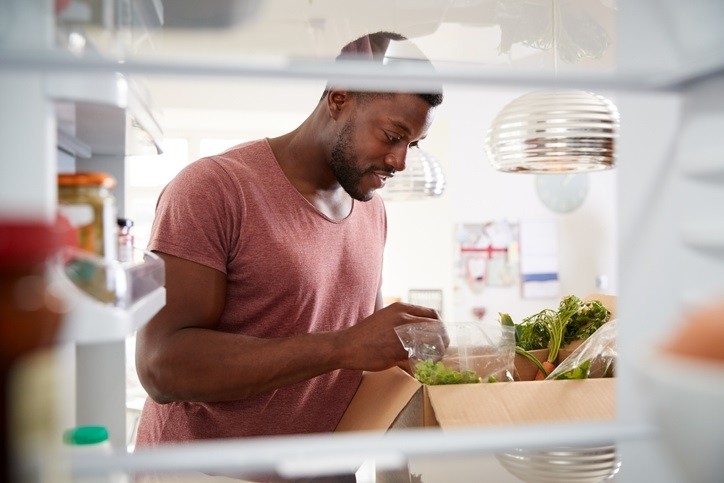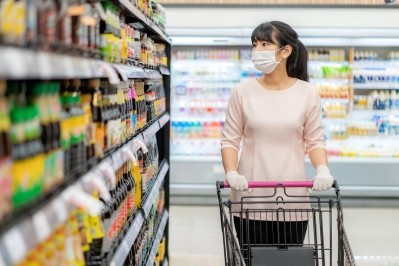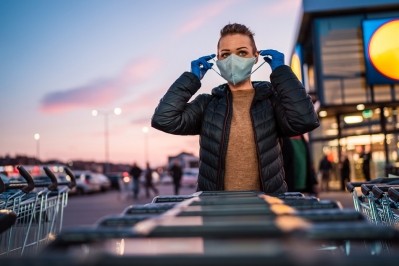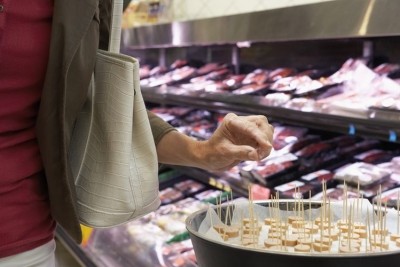Who will shop online after stay-at-home orders lift will depend on when consumers first used service

The shift in shopping trends reflect how consumer expectations about buying online and picking up in store or having groceries delivered to their door aligned with their experience – something that for many consumers changed dramatically after the pandemic was declared, according to Cheryl Policastro, head of strategy and insights at TPN.
Pointing to two surveys conducted by TPN before and after the pandemic was declared to evaluate consumer perceptions of and future intent for online shopping, Policastro explained to FoodNavigator-USA that “there is a clear shift” in consumer expectations and experiences shopping online.
“We heard a lot of anecdotal stories about the poor experience that people are having with online grocery shopping” because either everything they ordered was not delivered or because they struggled to attain a delivery or pick-up window that worked for them in a timely fashion after the pandemic began, Policastro said.
She explained that consumers surveyed by TPN who used the service before the pandemic primarily did so for convenience, value and control – all of which suffered during the pandemic.
“When we talked to those buy-online, pick-up in-store, or BOPIS, users last year, what we found was they were really driven by value and convenience. About half told us they were really motivated to shop that way because they didn’t have to pay for shipping or pay a subscription fee. Others said it helped them stick to their budget and made them feel like they were being smarter with their time,” Policastro said.
In addition, she said, before the pandemic BOPIS users said the service made them feel more in control. For example, 35% respondents last year said BOPIS helped them guarantee that the items they were looking for were in stock and they would not need to shop around or spend extra time looking for those items.
But many of these benefits evaporated during the pantry-stocking period and initial weeks of the coronavirus, Policastro said.
“When we fast forward to April of this year, [BOPIS] made consumers feel like they had less control because 47% said that they didn’t know if their order would be fulfilled completely. So, there was a sense of ‘I placed my order, but I am not sure what I will get,’” she said.
This likely created a heightened sense of frustration and disenchantment with the service among those who had used it before and expected more.
New users had different expectations
Users who tried BOPIS for the first time after the pandemic was declared, however, were motivated by different values, all of which were met by the service – likely endearing them more to the option.
For example, Policastro said, new BOPIS users said they were driven to the service for safety reasons. About 60% said they wanted to avoid crowds in the store, 52% said they wanted to minimize their time spent in store, and 36% thought it was faster than going to the store.
The other notable shift before and after the pandemic was in shopper perception of the tangible experience of shopping, said Policastro.
She explained that before the pandemic, only 4% of BOPIS users said they missed the experience of going in store. That shot up to 30% after the pandemic.
“It may be the whole psychological component of when you take something away, it is more appealing,” she said.
Ultimately, these different sets of expectations and experiences likely prompted many consumers to reevaluate their intent to continue using BOPIS services after the threat of the pandemic eases.
“We are seeing a move to the middle, if that makes sense, where the shoppers who were more likely to shop online in the past were actually indicating that they were going to split their time equally between shopping online and in store. While some shoppers who had never really shopped online in the past, or did so rarely, indicated they would do more online,” Policastro said.
Winning BOPIS shoppers
Retailers that want to win back disenfranchised BOPIS users, keep new ones or continue to attract additional ones after pandemic-related restrictions ease will first need to address both logistical and experiential challenges, Policastro said.
She explained that retailers first order of business must be addressing logistical challenges, such as providing sufficient delivery and pick-up windows and improving inventory accounts so that what is offered online matches what is available.
“Those who intend to shop in store were driven by those logistical issues, and essentially what we saw was that 39% indicated that the online experience was OK and filled a need, but they were not inspired by the experience,” Policastro said.
With that in mind, she also advised retailers to improve product discovery and the shopping experience online, much as many have for in-stores in recent years.
“Go beyond the function of using your last shopping list or even the recommendations piece, such as other shoppers use or other shoppers like. There is an opportunity to make the experience a bit more fun and inspiring where appropriate,” she said.
One way to do this is to help shoppers see BOPIS as a way to plan special occasions or to explore new recipes that they can easily click on to add ingredients to their cart.
Finally, she advised retailers to play to what online shopping already does well, which is help consumers manage their budget, save time and simplify their lives.









